Essential Pool Cleaning Equipment to Keep Your Pool Sparkling Clean
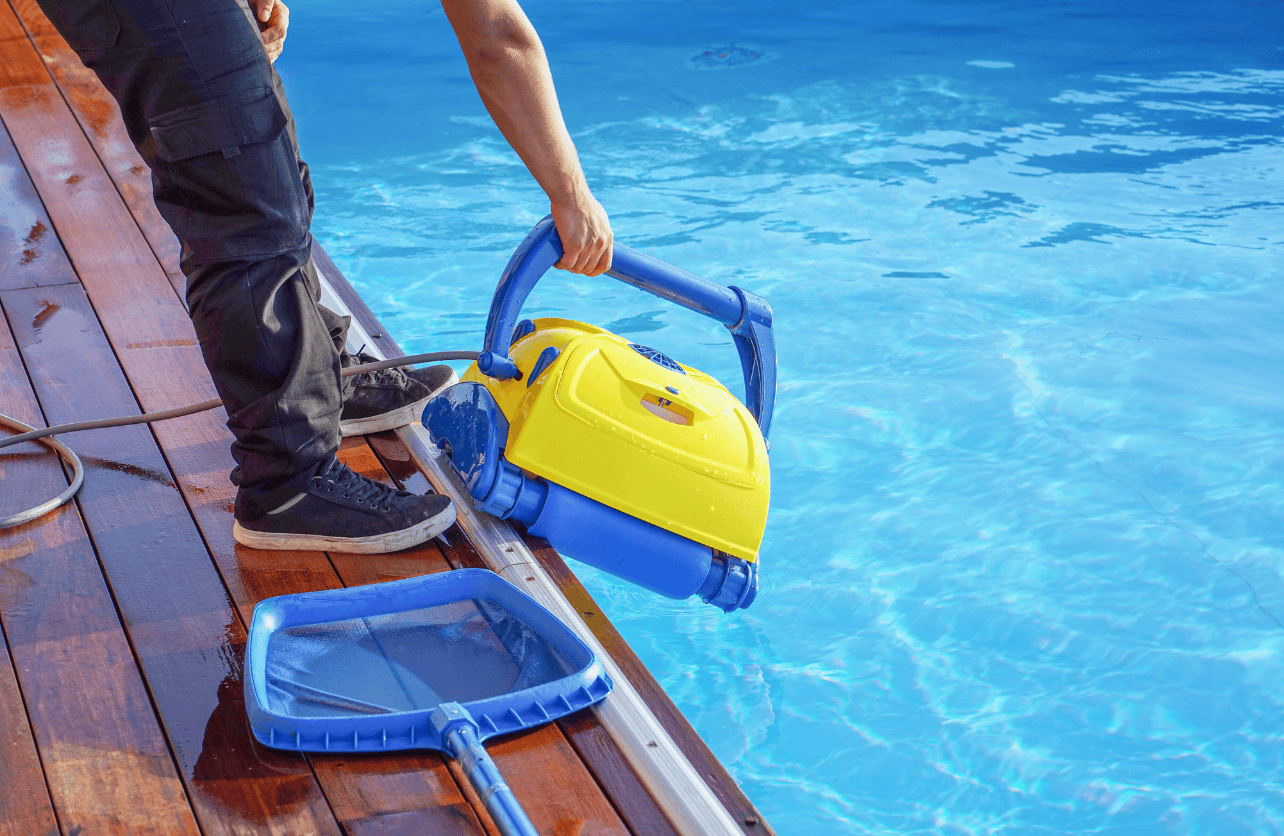
A clean pool isn’t just about clear water; it’s about maintaining a healthy swimming environment. Regular pool cleaning prevents algae buildup, balances water chemistry, and extends the life of your pool equipment. Whether you’re a new pool owner or looking to upgrade your cleaning routine, having the right equipment makes all the difference. Here’s a guide to the essential pool cleaning equipment that will help keep your pool in pristine condition all season long.
1. Pool Skimmer Net
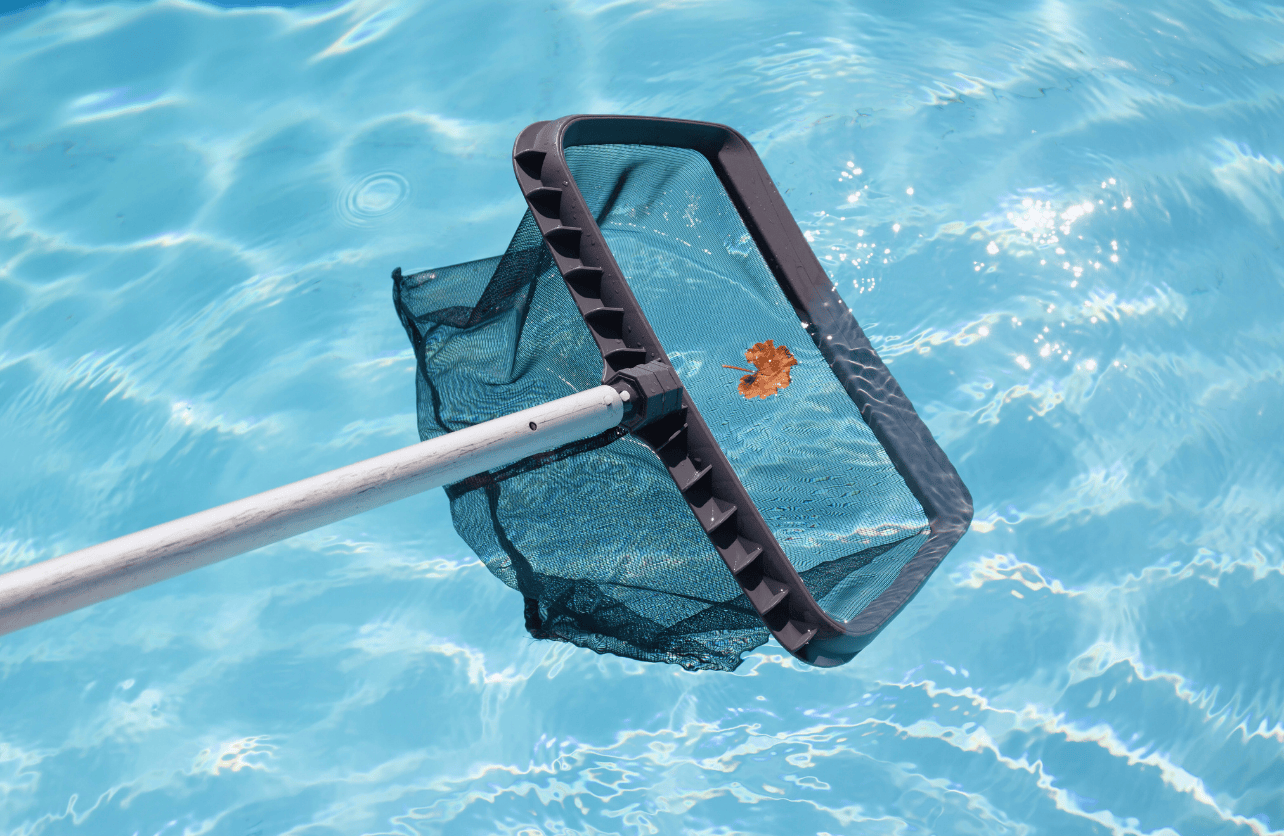
A pool skimmer net is one of the most basic and essential tools for pool maintenance. It’s a handheld net that allows you to remove floating debris like leaves, insects, and small twigs from the surface of the water.
- Types: Skimmer nets come in two types—flat nets and bagged nets. Flat skimmers are easy to maneuver and perfect for daily cleaning, while bagged nets are useful for larger debris.
- Usage Tip: Skim the pool daily to prevent debris from sinking, which can make cleaning more difficult later.
2. Pool Vacuum
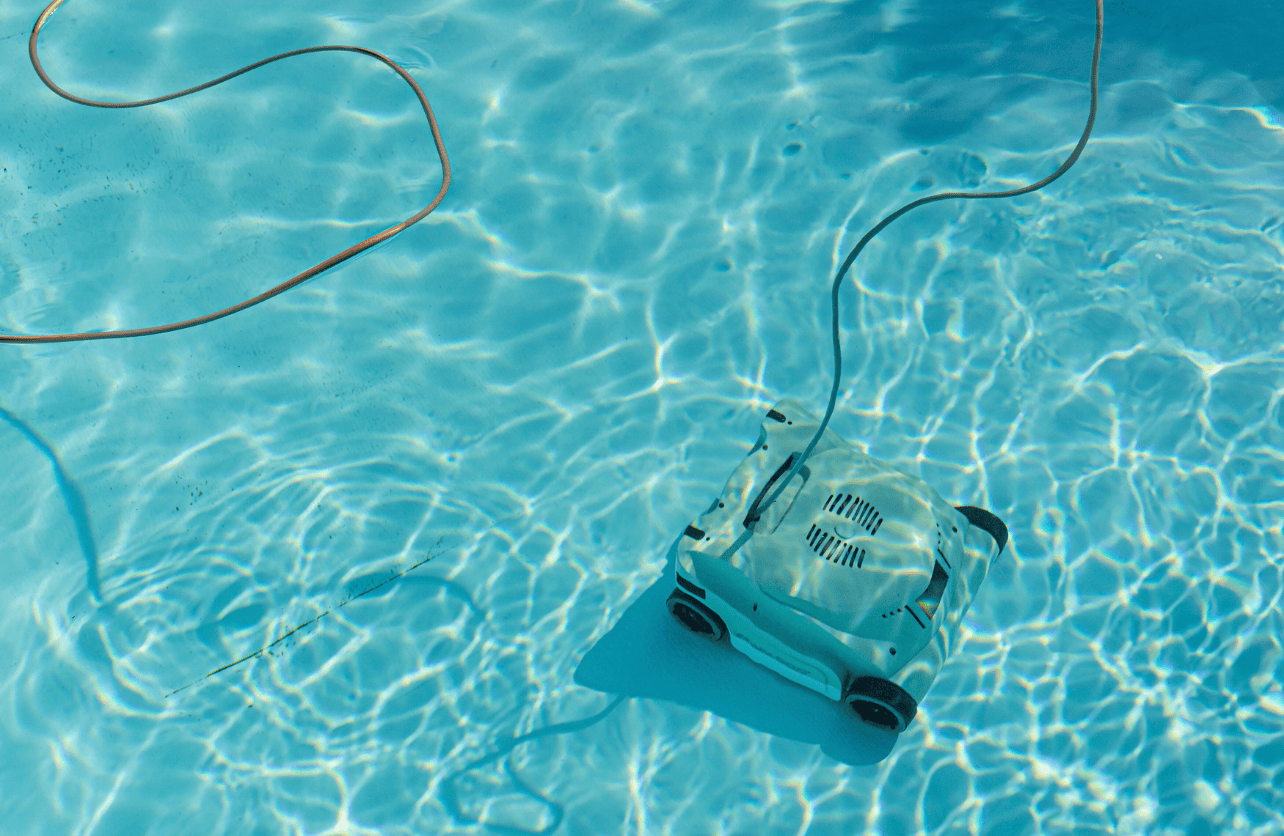
A pool vacuum is crucial for removing dirt, sand, and other debris that settles at the bottom of the pool. There are several types of pool vacuums, each with unique features to suit different needs:
- Manual Pool Vacuum: This type requires you to manually push it across the pool floor, similar to vacuuming a carpet. It connects to the pool’s filter system and is great for spot cleaning.
- Automatic Pool Vacuum: Automatic vacuums can roam the pool on their own. They come in three varieties:
- Suction-side: Powered by the pool’s filtration system, it moves randomly around the pool to suck up dirt.
- Pressure-side: Uses water pressure to move and clean. It’s often more powerful than suction-side vacuums.
- Robotic Pool Vacuum: A fully automated, plug-in option that navigates your pool independently, scrubbing and vacuuming along the way. Robotic vacuums are typically more expensive but offer the convenience of “set it and forget it” cleaning.
3. Pool Brush
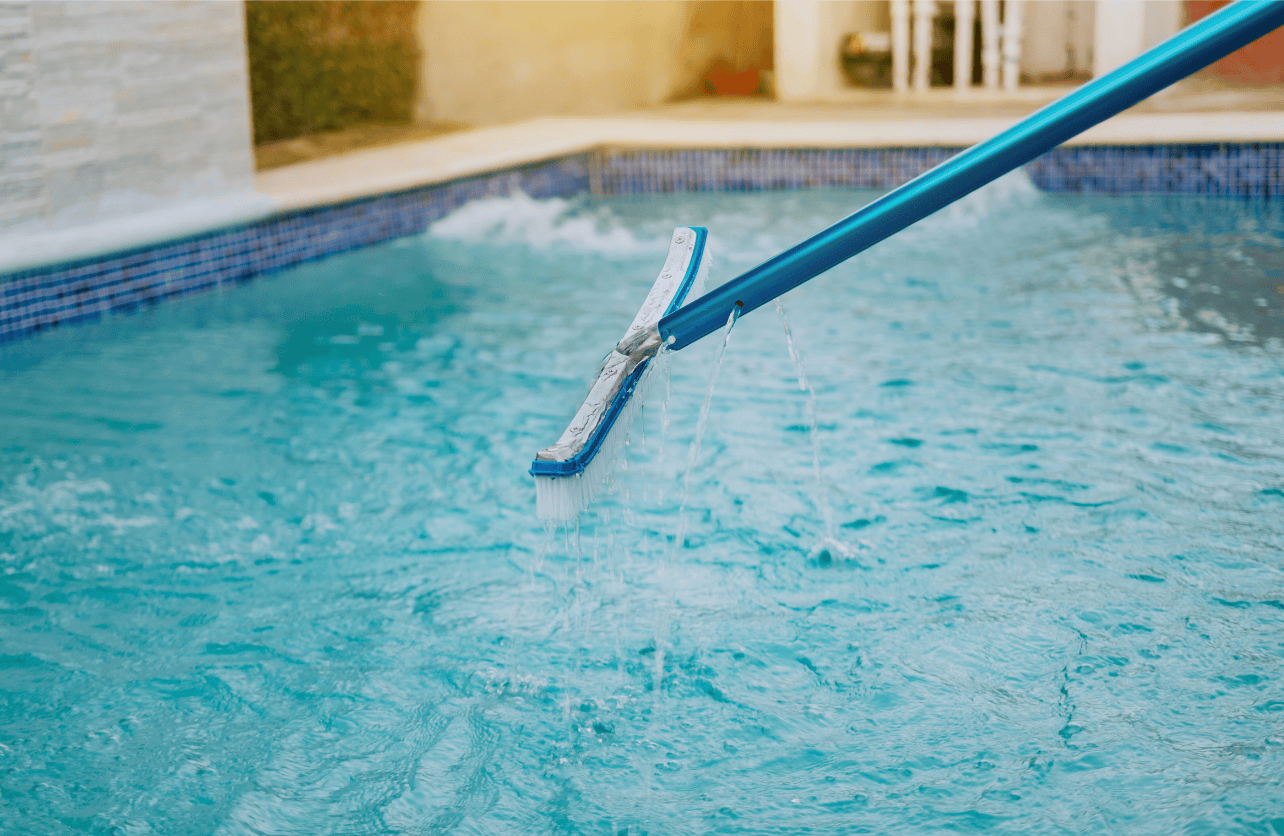
Brushing the walls, floors, and hard-to-reach corners of your pool is essential to prevent algae buildup and staining. A good pool brush helps keep surfaces smooth and free from grime.
- Types of Bristles:
- Nylon Bristles: Safe for all pool types, including vinyl and fiberglass.
- Stainless Steel Bristles: Best for concrete and plaster pools. Not recommended for vinyl or fiberglass, as they can cause damage.
- Usage Tip: Brush your pool at least once a week, focusing on corners, steps, and behind ladders where algae and debris tend to accumulate.
4. Pool Filter
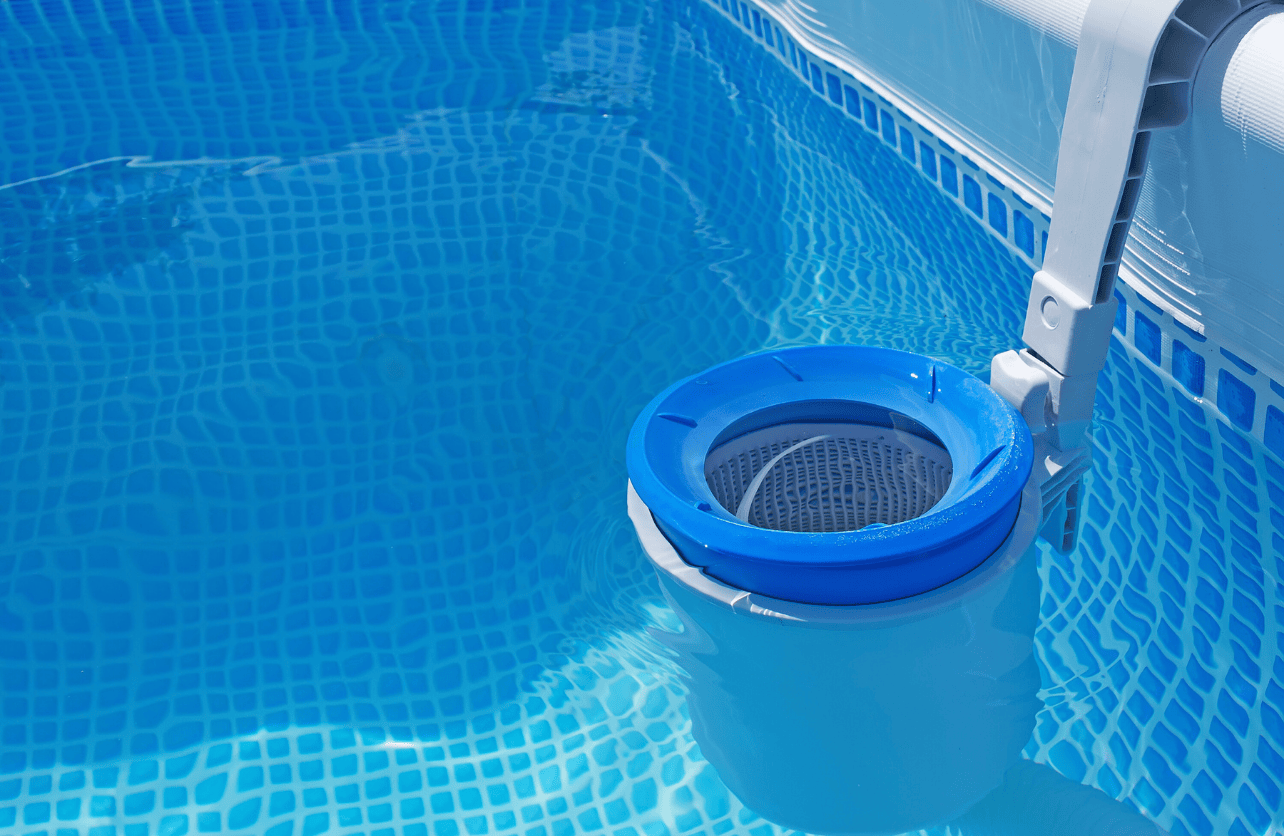
The pool filter plays a vital role in circulating clean water by removing fine particles, dirt, and debris from the pool. There are three main types of pool filters:
- Sand Filter: Uses sand to trap particles. Sand filters are durable, cost-effective, and easy to maintain.
- Cartridge Filter: A cartridge filter has a removable filter cartridge that traps dirt. They’re more efficient than sand filters and easier to clean but may require more frequent replacements.
- Diatomaceous Earth (DE) Filter: DE filters use a fine powder made from fossilized organisms to trap particles. They offer the highest filtration quality but require more maintenance and can be more costly.
A properly functioning filter is essential to keep your pool clean, so check and clean it regularly according to the manufacturer’s recommendations.
5. Pool Test Kit or Test Strips
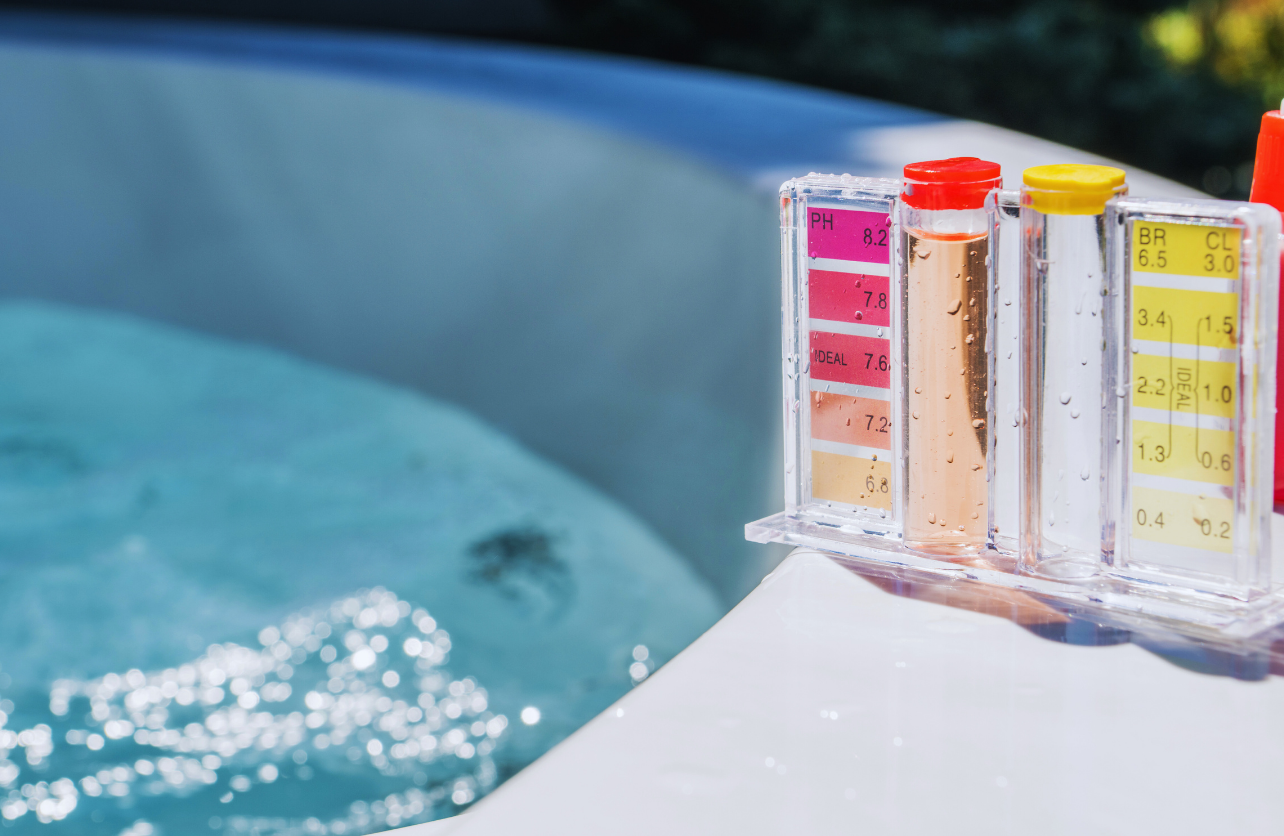
Testing your pool’s water chemistry is critical for maintaining balanced water that’s safe for swimming. Pool test kits or test strips measure important parameters like pH, chlorine, alkalinity, and calcium hardness.
- Liquid Test Kit: Typically more accurate, but requires a bit more time to use.
- Test Strips: Easy to use and convenient for quick checks. Just dip them in the water and compare the colors to the provided chart.
Usage Tip: Test your pool water at least once a week, or more frequently during heavy usage or after a storm. Proper water balance extends the life of your pool equipment and reduces the need for additional cleaning.
6. Pool Shock and Chlorine Dispenser
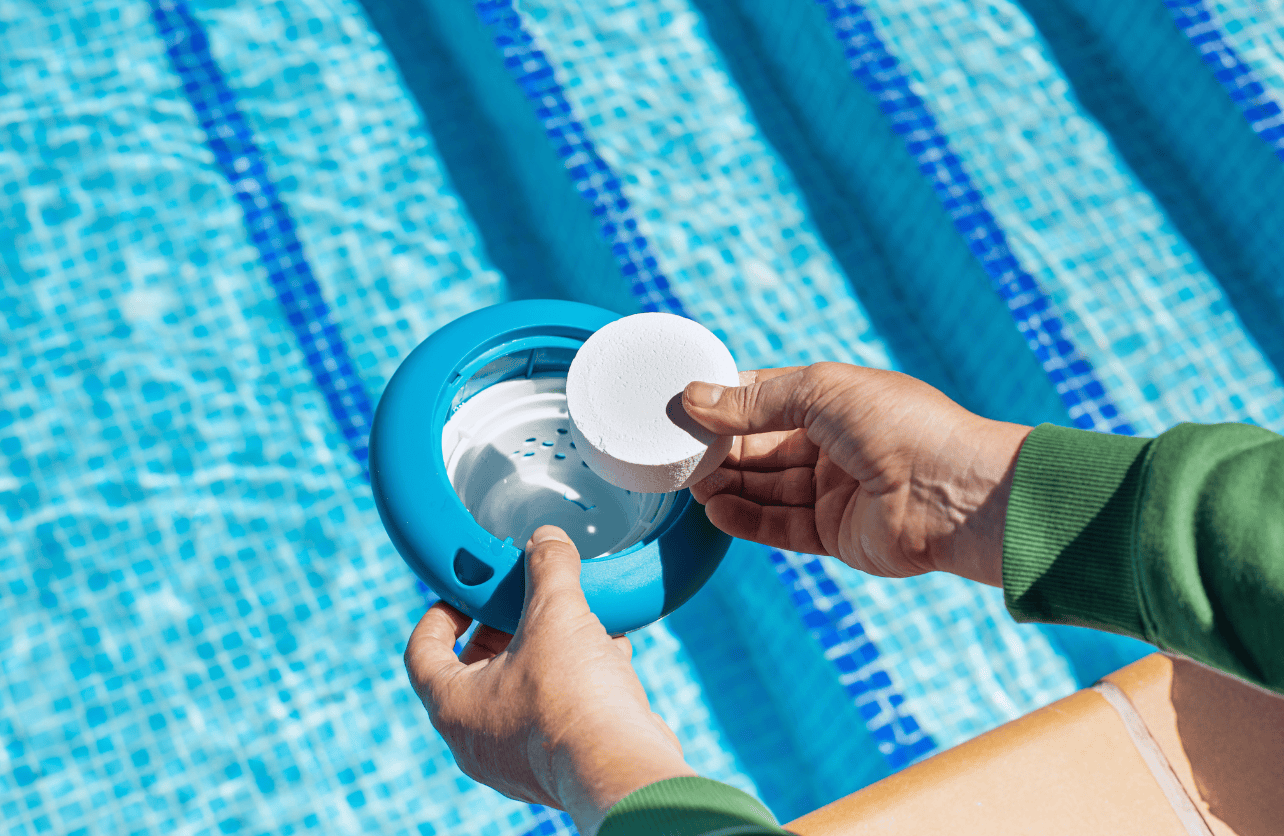
Shocking your pool involves adding a high concentration of chlorine to kill bacteria and algae, particularly after heavy use or if the water appears cloudy. A chlorine dispenser can also help you maintain consistent chlorine levels.
- Pool Shock: Available in powder or liquid form, pool shock should be used weekly or as needed to keep the water clear and safe.
- Floating Chlorine Dispenser: Holds chlorine tablets that dissolve slowly, releasing chlorine gradually to maintain a stable level.
Usage Tip: Always follow the manufacturer’s instructions for using shock treatments and wait the recommended time before swimming.
7. Pool Cover and Cover Pump
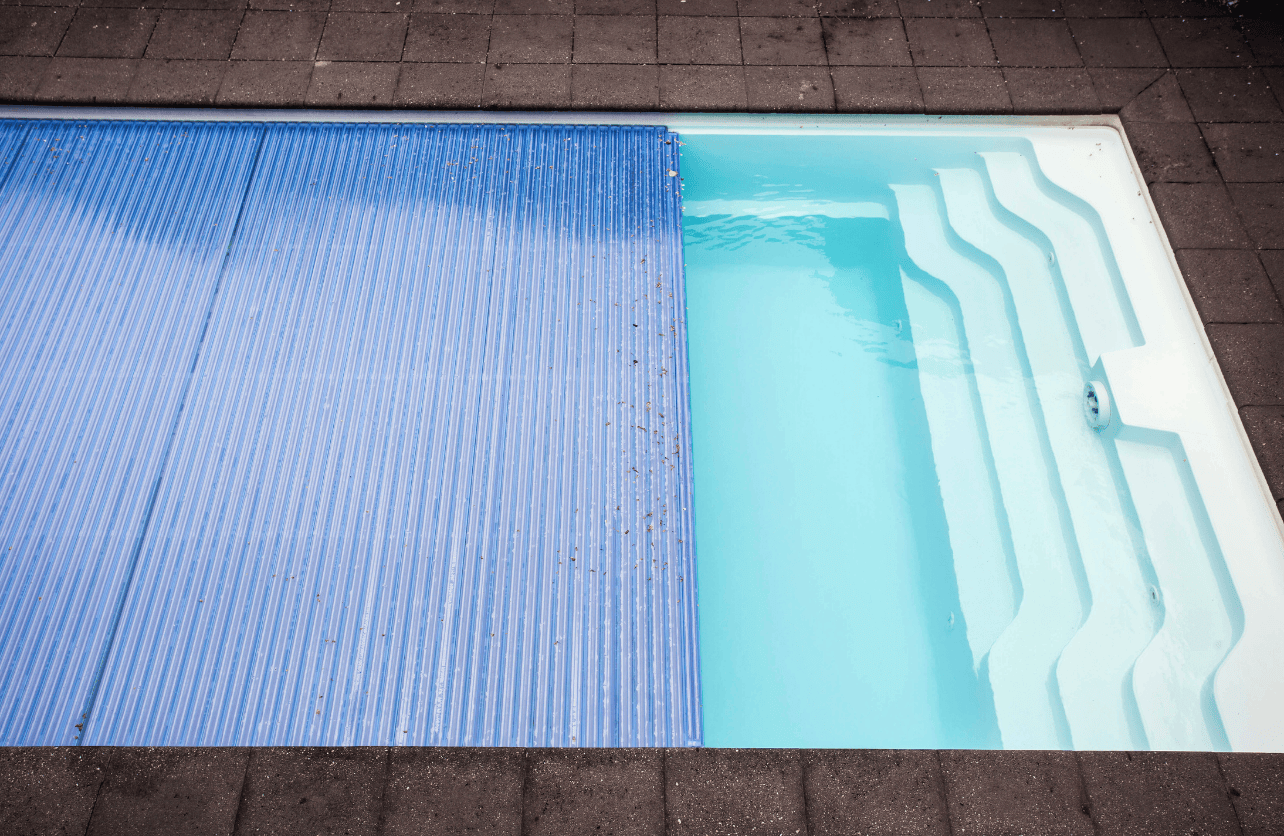
A pool cover is a practical way to keep debris out of your pool when it’s not in use, and a cover pump can remove any accumulated rainwater or melted snow from the cover.
- Benefits of a Pool Cover: Reduces cleaning time, helps maintain water temperature, and conserves water by reducing evaporation.
- Cover Pump: Keeps your pool cover dry, preventing damage and making it easier to remove.
Usage Tip: Invest in a cover that fits snugly over your pool and use it when the pool is not in use, especially during the off-season.
Conclusion
Keeping a pool clean and inviting requires a mix of regular maintenance and the right equipment. With essential tools like skimmer nets, vacuums, brushes, and test kits, you’ll be able to tackle daily debris, maintain balanced water chemistry, and extend the life of your pool. Whether you’re looking for efficiency with a robotic vacuum or prefer the hands-on approach of a manual skimmer, these tools can make pool care simpler and more effective. By investing in quality pool cleaning equipment, you’ll be able to enjoy a sparkling, clean pool all season long.